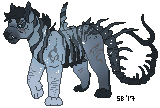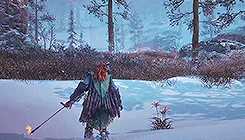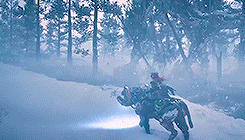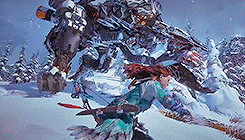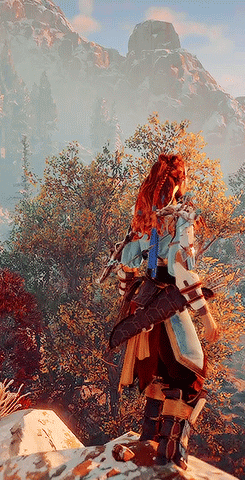
A big thank you to of gators & feigns for the adopt lines
Now owned by Kaju
Nursery | Fanclub | Archive
About
Sanskiras are a species of hybrid, domestic animals that were created through selective, genetic breeding. They are a hybrid between wolves, foxes, horses and goats. Most Sanskiras are tame in captivity, but on rare occasions, herds of wild Sanskiras have been spotted running free. Sanskiras are bred for showing purposes, so most Sanskiras in captivity are well trained and groomed to perfection. They can be ridden, but it takes a lot of time and patience to train them. For more information, please refer to this image.
Rules
- • Maximum of 5 Sanskira per person for now (including nursery babies)
• Limit of no more than 1 Sanskira per day
• Can be sold and traded, but please post on the original adopt page of change of ownership
• Revamps must be approved by original artist
• Don't change species, or breed with other species
• Credit, promote and link us when you take them offsite!
Species information
- General Appearance
- A Sanskira is a hybrid of many species. They are most identifiable by their horse like body and wolf like head. They mane that starts from their forelocks and run all the way down their spin to join with their big, fluffy tail. These fur are mainly bred for show, but can also be used to attract mate and keeping themselves warm. The average height of a Sanskira is around 1.1m to 1.3m, measure from the highest point of their withers. Their coats come in all different colors and patterns, however, bright, clashing and messy designs never occur.
- Hooves and Habits
- Sanskiras have hoofed feet that are always protected by their fur. Their feet are very sacred, and can rarely, if ever, be seen by others. This used to be a major problem for owners, so Sanskiras with feet problems have been bred out. Nowadays, it is very unusual to encounter Sanskiras with hoof problems.
Domestic Sanskiras are very calm, assertive animals. They rarely, if at all, show aggression towards anyone. However, if you touch their hoofs, it's a different story. All Sanskiras are bred with a competitive nature, so not only do they perform well in competitions, but a fight for the ladies can lead to sever injuries. Sanskiras like to run in herds from 4 to 20, generally with equal number of males and females. A stallion is always elected as the leader.
- Diet and Habitat
- Sanskiras are omnivores. They enjoy both vegetables and meat, and anything in between. So keep your tasty snacks away from them!
Around 95% of Sanskiras are domestic. As their main purpose is showing, most of them are groomed to perfection and professionally cared for. Therefore, domestic Sanskiras can live in any weather condition. However, the wild Sanskiras generally live on the mountains, in cool weather. Due to their masses of fur, they are able to constantly stay warm.
- Mates and Foals
- Sanskiras mate for life, however, conflicts may occur. In that case, the Sanskiras may choose to seek another companion. But they will always be scarred by their first 'love'. Studs and broodmares generally don't have a mate.
Sanskiras produce 1 - 2 foals per litter. With 80% chance of having 1 foal, and 20% chance of having 2 foals. Foals take 1 year to mature (or 1 month in real life), however, a foal cannot breed until it is 2 years old (or 2 months old in real life)
- Rarities and Mutations
- Sanskiras with different tail shape from that of a fox is rare. For example, the curly tail is considered uncommon, as it is a common genetic mutation. However, bob tails are just another variation of the fox tail, simply cropped and maintained by humans. It is the same with manes. All different mane styles are not genetic mutations, but simply a 'hair style' shaped by humans.
Mutations are rare. Currently discovered common mutations include the curly tail, lack of mane and back fur, lack of chest and leg fur etc. Mutations has a 10% chance of being passed down to foals, but there is also that 1% chance that a normal foal may obtain a mutation. Let us wait and see what the nature has in store for us!







































